1. Wolves Howling at the Moon
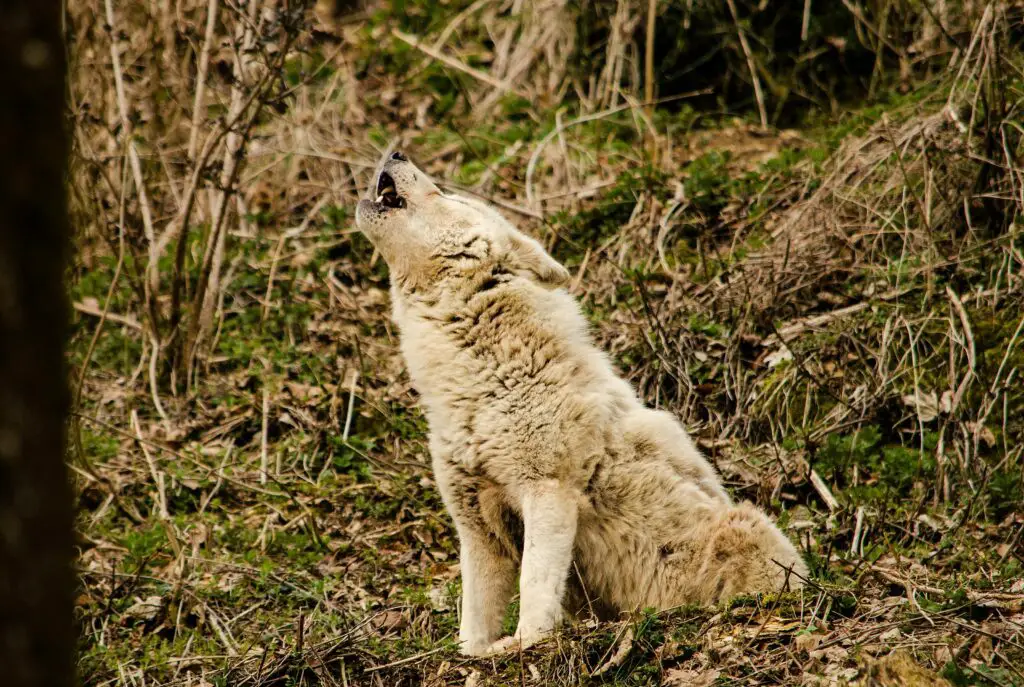
For centuries, people swore that wolves howled directly at the moon. Villagers would point to the glowing full moon and claim that wolves were singing to it, almost as if they were offering prayers to the sky. The eerie timing of nighttime howls made it easy to believe, especially when you were lying awake in a creaky cabin. Parents even warned their children that wolves got stronger during the full moon, just like monsters.
Of course, wolves don’t howl at the moon, but rather to communicate with their pack across distances. Still, the idea stuck so firmly that it shaped folklore and art for centuries. Think of all the paintings and carvings with wolves standing proudly against a glowing moon. It wasn’t science that people trusted back then, but the sound of their own imagination paired with a haunting howl.
2. Wolves as Shapeshifters
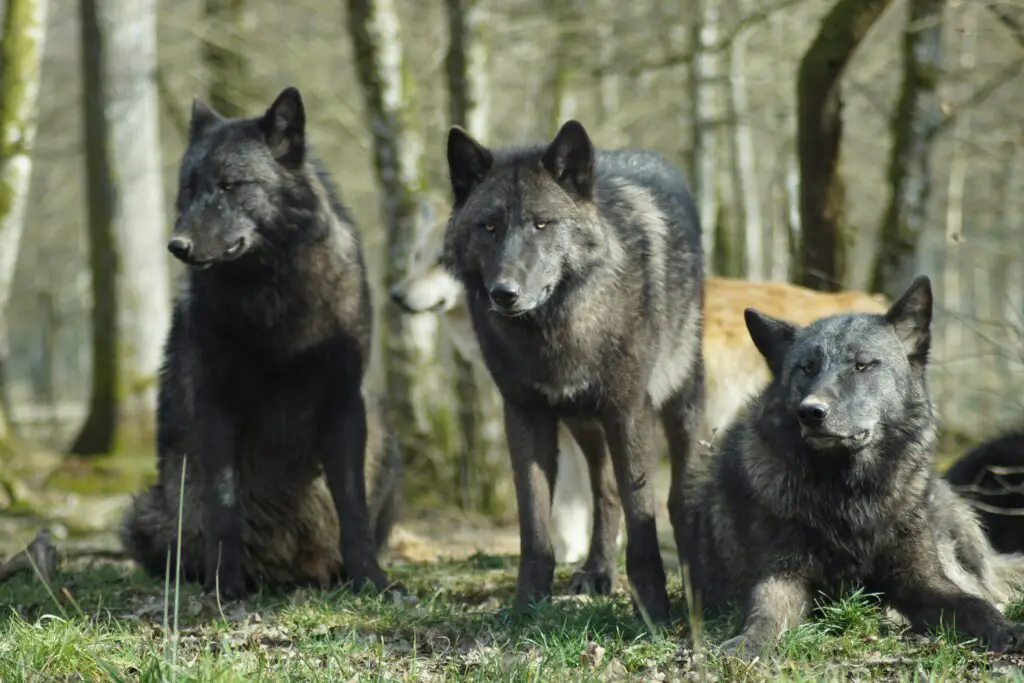
In many European villages, it was believed wolves weren’t always wolves. Instead, they were humans cursed to walk on four legs by night. Stories of werewolves spread quickly, often sparked by strange crimes or mysterious disappearances. People whispered that a neighbor with a bad temper might turn into a snarling beast after sundown.
This myth was so strong that villagers would sometimes execute suspected “werewolves,” believing they were protecting the town. Sadly, ordinary folks were punished just because superstition ruled the day. These tales didn’t just scare children, they drove entire communities into fear and paranoia.
3. Wolves Stealing Souls
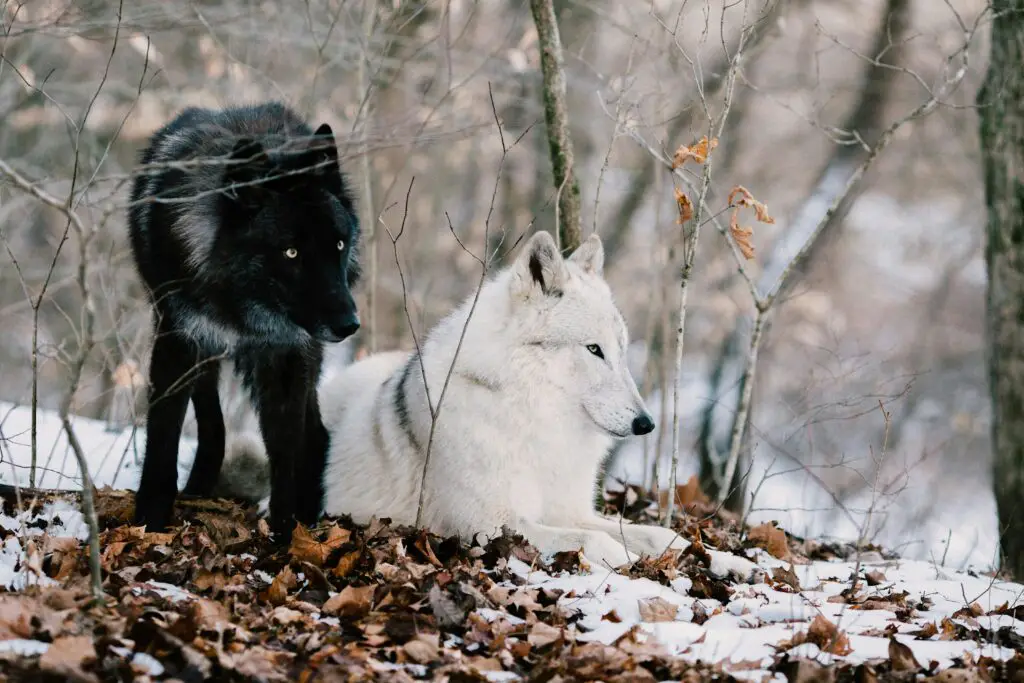
In some cultures, it wasn’t just livestock people feared losing to wolves—it was their very souls. Villagers claimed that if you locked eyes with a wolf, it could pull your spirit right out of your body. Some said your soul would be trapped forever in the forest, wandering with the wolf pack.
This belief made encounters feel terrifying, even if the animal kept its distance. A fleeting glance could spiral into panic, leaving people convinced they’d never be the same. Stories of “soul loss” spread through campfire tales, reinforcing the wolf’s reputation as something more than an animal—it was supernatural.
4. Wolves as Messengers of Death
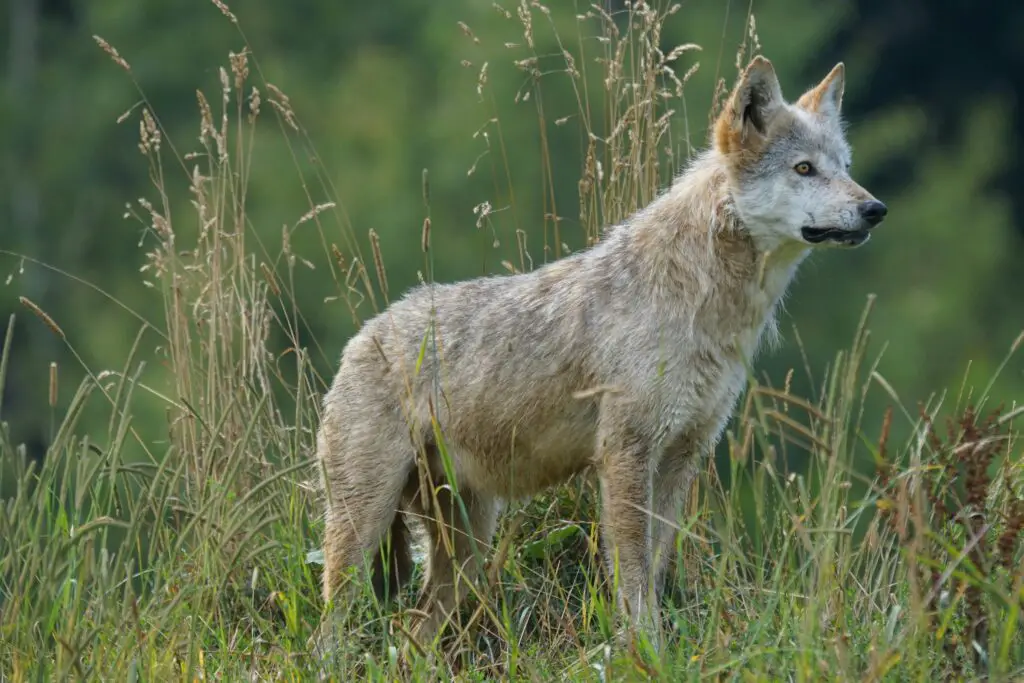
Hearing a wolf’s howl outside your village wasn’t just unsettling—it was considered a bad omen. Many believed it was the universe’s way of warning that someone in town would die soon. Families would stay awake all night, waiting for tragedy to strike, convinced the wolf had called it.
This belief was especially strong in isolated villages where death often came suddenly in winter. A single howl could turn a quiet night into a restless one filled with dread. Wolves became not just predators, but eerie prophets of doom that stalked the edge of human life.
5. Wolves Guarding Treasure
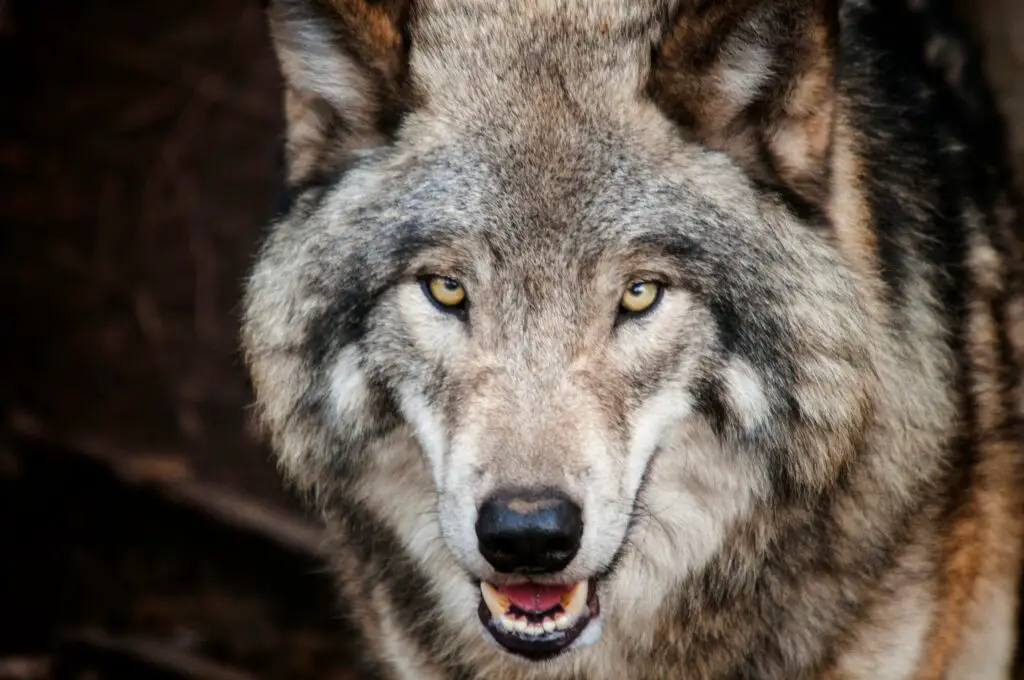
Not all myths painted wolves as evil—some gave them a mysterious role as guardians. In certain regions, villagers believed wolves stood watch over buried gold or sacred objects. Travelers were warned that trying to dig up such treasure would bring a pack of angry wolves down upon them.
Of course, this discouraged grave robbing or trespassing in dangerous areas, but it added an air of magic to the animal. Wolves weren’t just hunters; they were protectors of secrets. Entire legends grew around forgotten ruins or caves said to be guarded by glowing-eyed beasts.
6. Wolves Eating the Sun
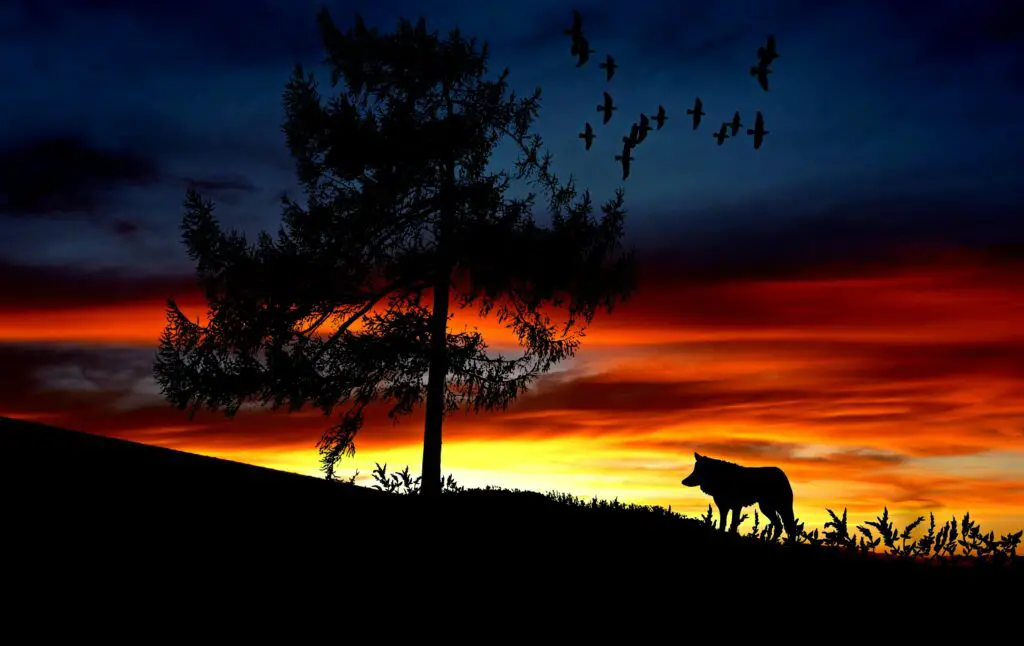
During eclipses, people in some cultures thought wolves were devouring the sun. Imagine the sky suddenly darkening, and the easiest explanation was that a cosmic wolf had taken a bite out of the light. Villages would bang pots and shout to scare the wolf away and “save” the sun.
This myth turned wolves into creatures that weren’t just tied to forests, but to the heavens themselves. Even after the eclipse ended, villagers swore their noise had worked. It shows how much people tied their survival to rituals and stories, especially when natural events felt like mysteries.
7. Wolves Kidnapping Children
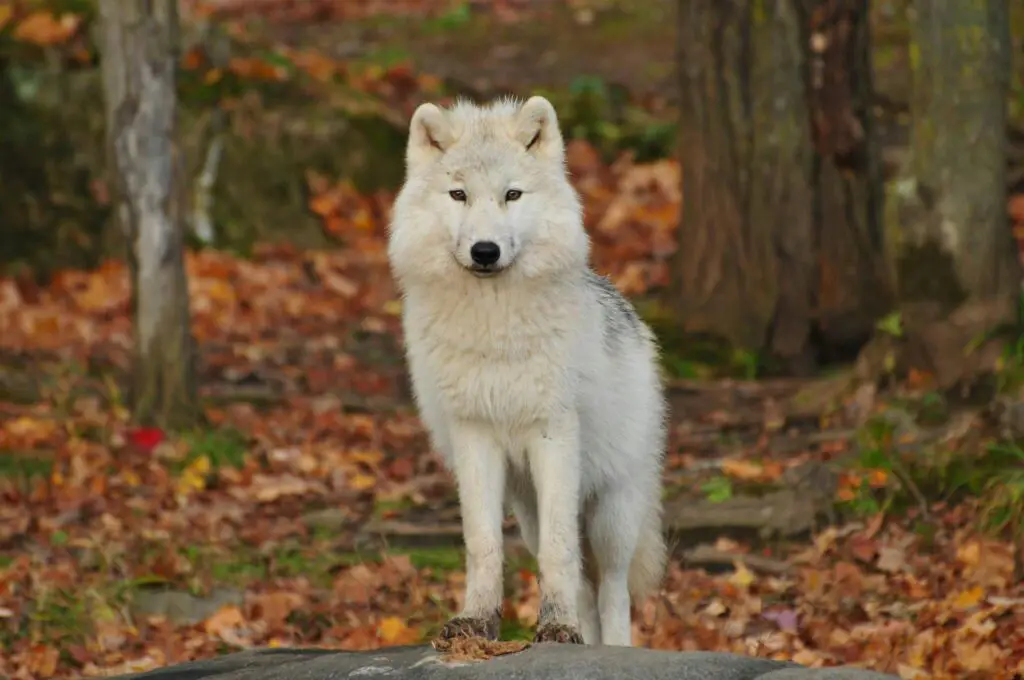
Few things terrified parents more than the myth of wolves snatching kids from their beds. Stories spread of wolves sneaking into villages at night, luring children with glowing eyes or sweet sounds. Some said the wolves would raise the children as part of their pack, erasing all traces of humanity.
This story was told as a cautionary tale to keep kids close to home. In reality, wolves avoided people, but the myth served its purpose. Parents didn’t need science, they needed a scary story to keep children from wandering too far into the woods.
8. Wolves as Punishment from the Gods
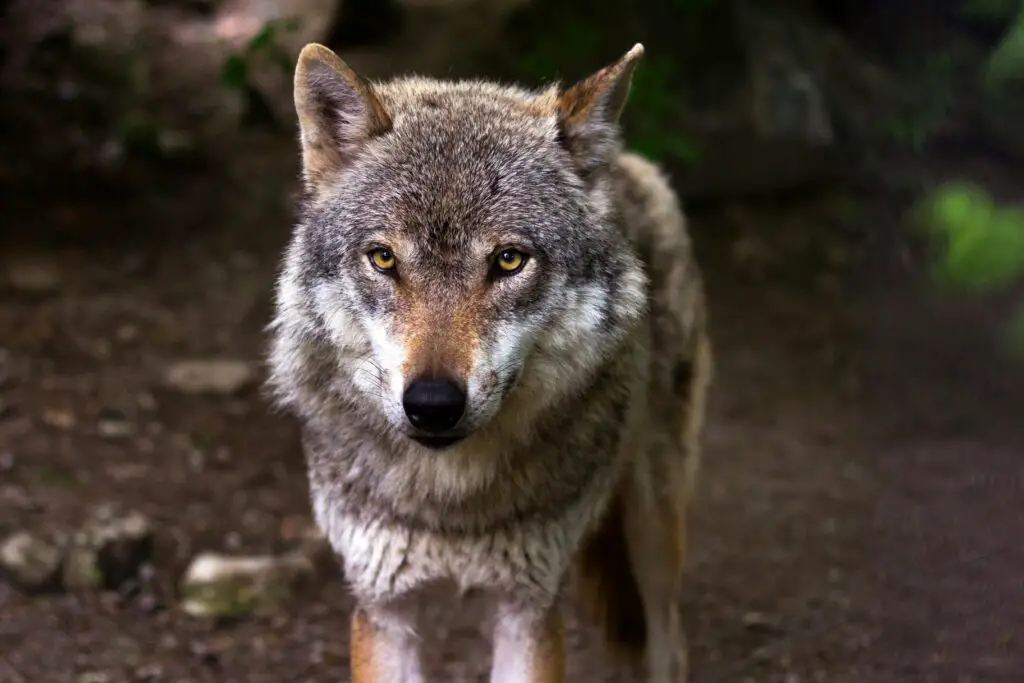
If crops failed or sickness spread, some villagers claimed wolves were sent as divine punishment. Packs appearing near farms were seen as evidence that the gods were displeased. People would perform rituals or offer sacrifices, hoping to drive the wolves away and earn forgiveness.
This belief gave wolves a supernatural authority they never asked for. They weren’t just animals anymore, but symbols of guilt and divine wrath. For families barely scraping by, the sight of wolves could feel like a cosmic judgment instead of coincidence.
9. Wolves Hunting with Witches
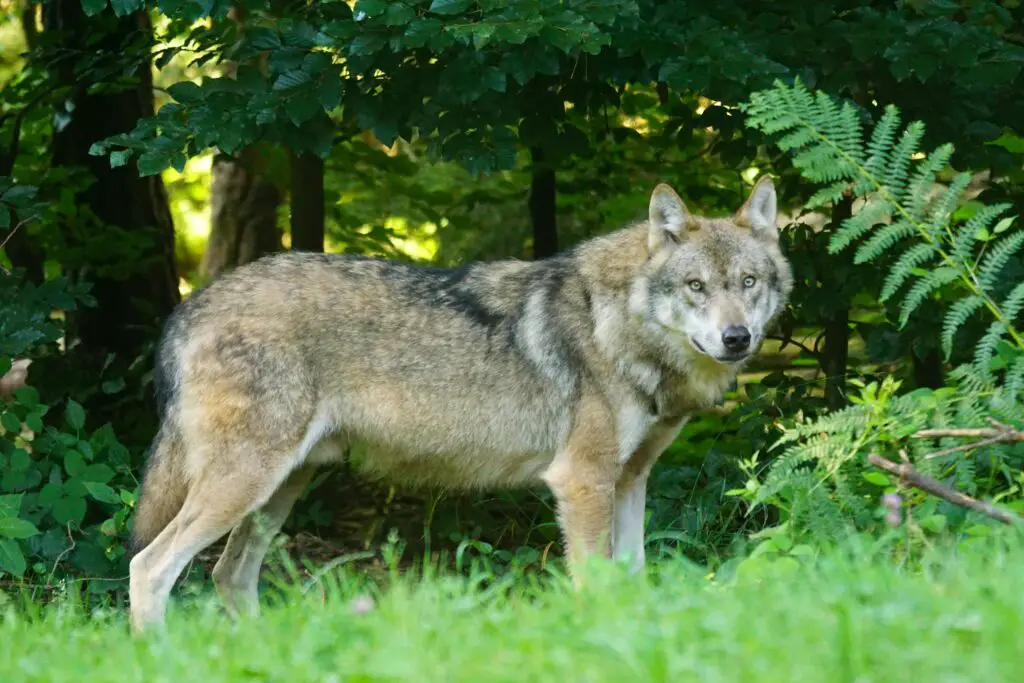
Throughout Europe, rumors spread that witches rode wolves through the night sky. Some even believed witches could summon entire packs to attack enemies. Villagers linked strange claw marks or livestock disappearances to these unholy partnerships.
It made wolves an extension of something already terrifying: witchcraft. People were already fearful of curses and spells, so adding wolves into the mix only doubled the dread. Even innocent sightings of wolves became tangled in suspicion and fear.
10. Wolves Talking in Disguise
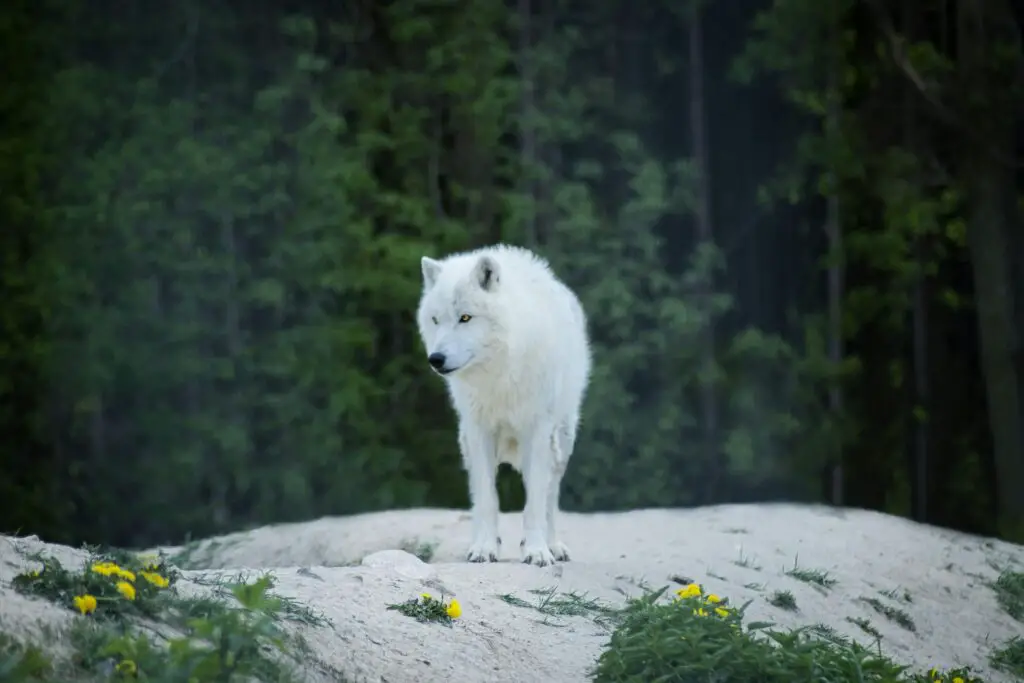
One of the strangest myths claimed wolves could disguise themselves and speak like humans. Some villagers told tales of wolves wandering into town as beggars, asking for food or shelter. The moment kindness was shown, the wolf would shed its disguise and vanish back into the woods.
These stories blurred the line between folklore and outright fairy tale. They made people question strangers and fostered distrust of outsiders. Wolves weren’t just animals at that point—they became tricksters, capable of deception as clever as any human.
11. Wolves Bringing Storms
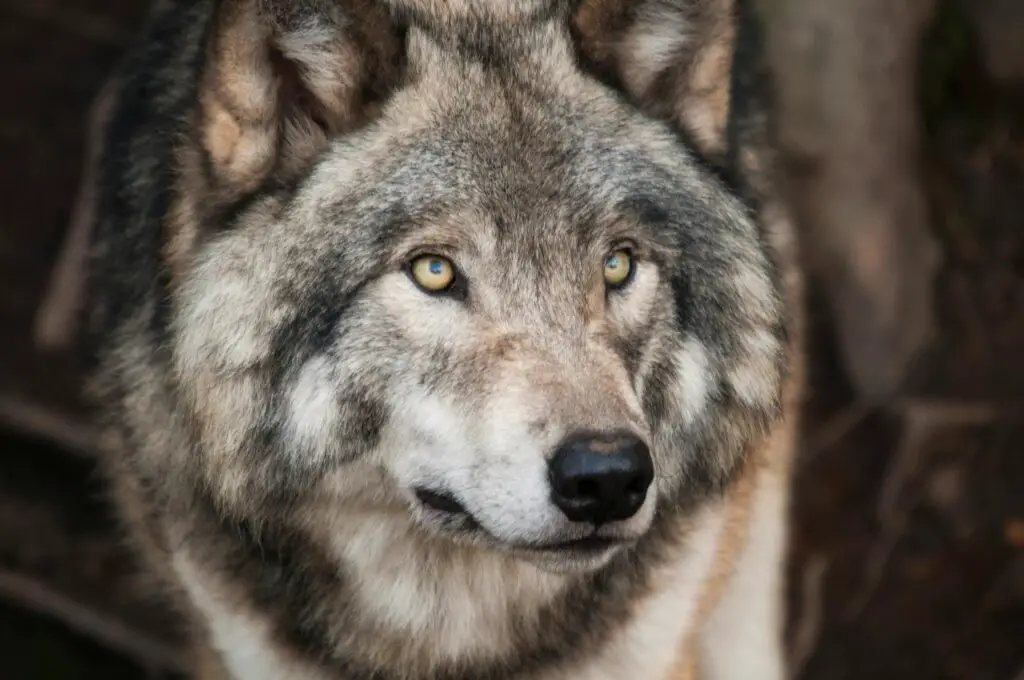
Farmers feared that wolves carried bad weather wherever they roamed. Some believed that seeing a wolf meant rain, snow, or even a deadly storm was near. The connection likely came from wolves howling louder before storms, something that still happens with animals sensitive to changes in air pressure.
But for superstitious villagers, this made wolves something like walking omens. They weren’t just prowling the edges of town, they were bringing chaos with them. The myth gave every sighting a sense of looming danger, even if the clouds were already rolling in.
12. Wolves Cursing the Wounded
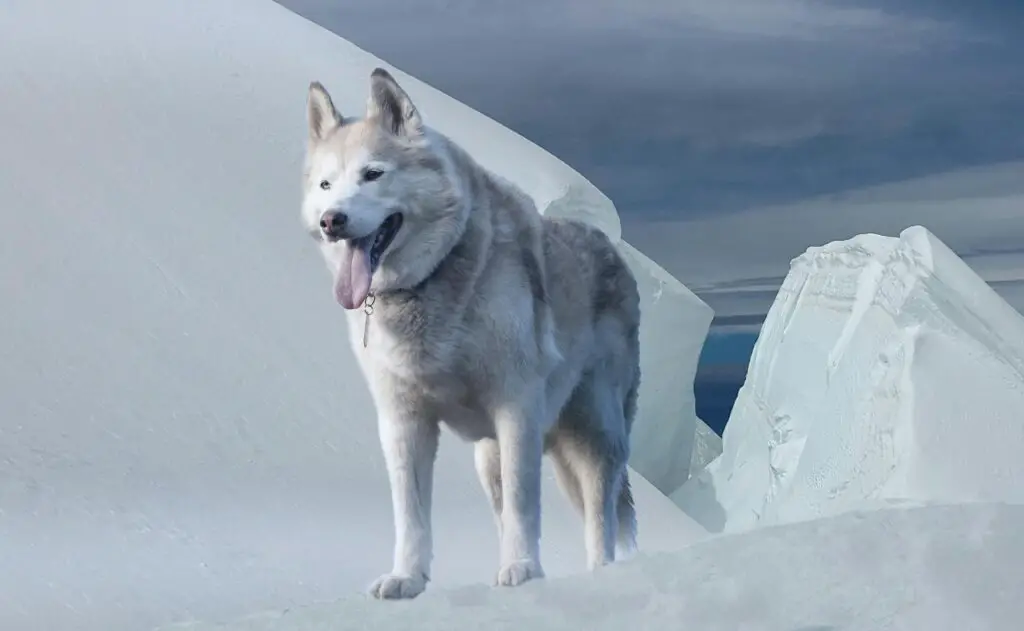
If a wolf bit you, some believed the wound wasn’t just physical—it carried a curse. Even if the person survived, villagers claimed they would waste away, haunted by the spirit of the animal. In some places, it was thought the person might even transform into a wolf themselves.
This belief blurred into early werewolf legends and made wolf attacks even scarier than they already were. Fear of curses gave the animal mystical weight far beyond its teeth. Healing became not just a matter of medicine, but of breaking a supernatural grip.
13. Wolves Leading Lost Souls
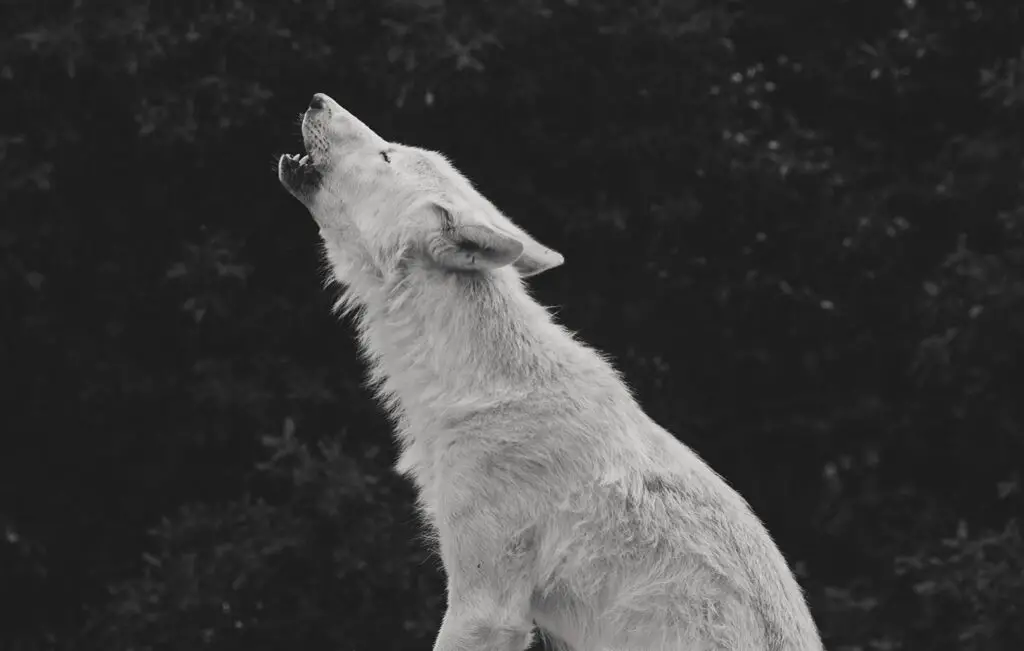
Wandering too far from town at night was always risky, but myths made it even worse. Villagers claimed wolves would lead lost souls deeper into the forest, circling them until they collapsed. The unlucky person would vanish without a trace, their spirit forever bound to the woods.
Parents told this story to discourage anyone from venturing out after dark. Getting lost wasn’t just about freezing or starving—it was about being claimed by a pack of ghosts in fur. Wolves became not just predators, but shepherds of the lost.
14. Wolves as Reincarnated Warriors
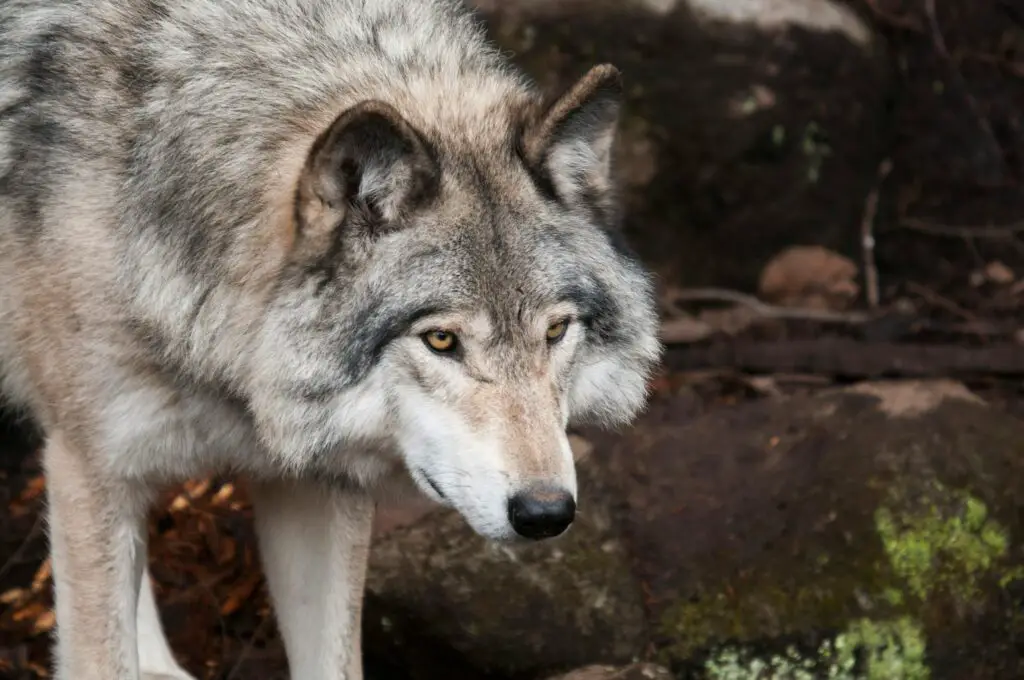
Some believed that fallen soldiers returned as wolves, still roaming the land they once defended. This gave the animals a noble but terrifying edge, as villagers imagined packs made up of vengeful spirits. Meeting a wolf in the wild might mean you were face to face with an ancestor.
This myth gave wolves a strange respect, but also a lingering fear. No one wanted to cross a spirit, even in animal form. It tied wolves to human history in a way that elevated them above simple predators.
15. Wolves Drinking Blood Like Vampires
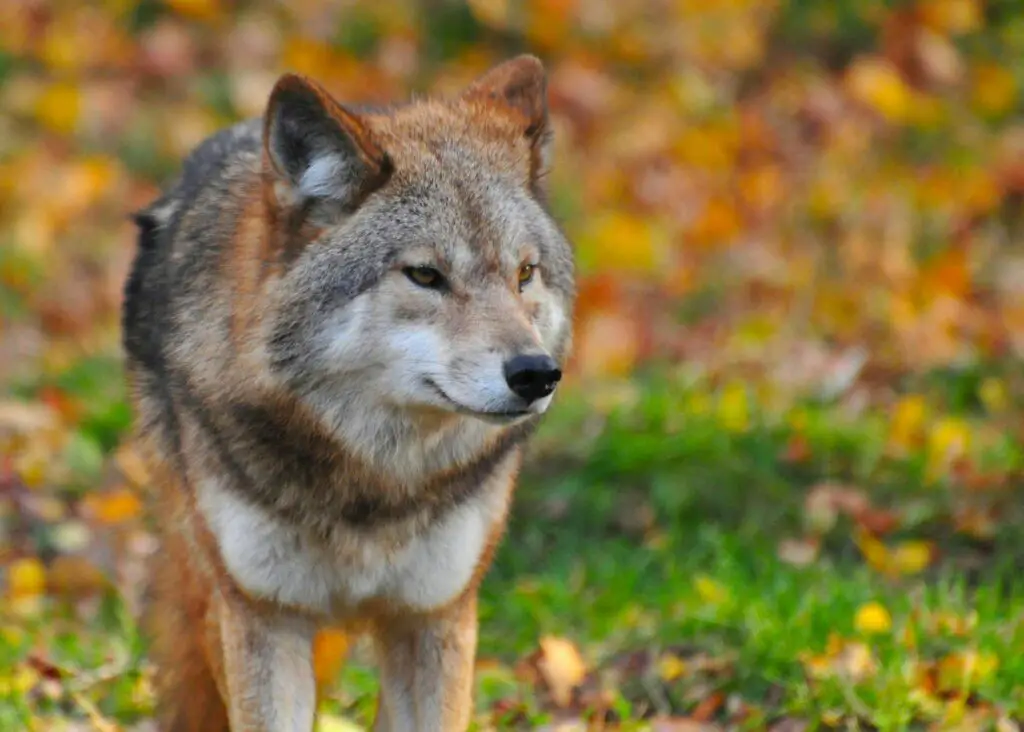
One of the creepiest myths described wolves as blood-drinkers. People said they didn’t just kill livestock, they drained them dry like vampires. Villagers would find dead animals and swear the wolves had performed some kind of unholy ritual.
This rumor grew alongside vampire legends, making wolves feel like part of the same dark world. It wasn’t enough that wolves hunted for survival, they were painted as ghouls feeding on life itself. The image left people with goosebumps, turning a natural predator into something monstrous.
